Pass Your Microsoft 77-883 Exam Without Effort
100% Authentic Exam Questions, Answers Validated by IT Professionals
Regular Updates, Fast Download!
77-883 Exam Facts
Exam dumps and up-to-date practice tests to get prepared for Microsoft 77-883 and pass the PowerPoint 2010 exam with flying colors.
77-883 PowerPoint 2010 practice test questions are absolutely Free, 100% Valid and regularly upgraded by real customers who have already passed the exam and checked all the inaccurate 77-883 answers.
Training courses & practice exam dumps for Microsoft 77-883 are available in VCE format.
To use the Microsoft 77-883 practice questions & dumps you require Avanset VCE Simulator.
Top Microsoft Exams
- AZ-104
- DP-700
- AZ-305
- AI-102
- AI-900
- AZ-900
- MD-102
- PL-300
- AZ-500
- SC-200
- SC-300
- MS-102
- SC-401
- AZ-204
- AZ-700
- DP-600
- SC-100
- MS-900
- AZ-400
- PL-200
- AZ-800
- SC-900
- PL-600
- AZ-140
- AZ-801
- PL-400
- DP-300
- MS-700
- MB-280
- PL-900
- DP-100
- DP-900
- MB-800
- MB-330
- GH-300
- MB-310
- MB-820
- MB-920
- MB-230
- MB-910
- MS-721
- MB-700
- PL-500
- GH-900
- GH-200
- MB-335
- MB-500
- MB-240
- DP-420
- AZ-120
- GH-100
- GH-500
- DP-203
- SC-400
- MB-900
- AZ-303
- MO-201
- 98-383
- 98-388
Site Search:





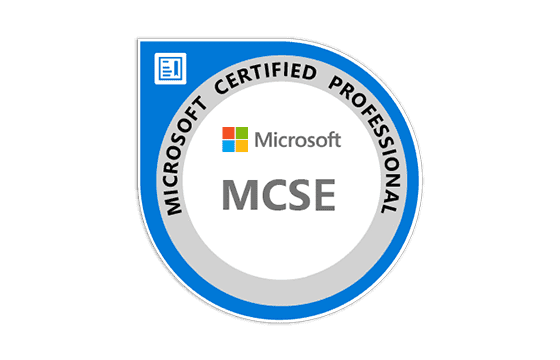




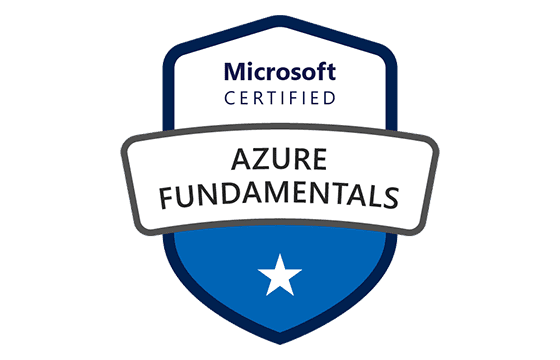











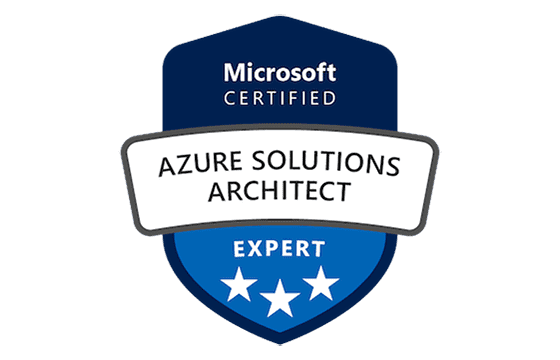








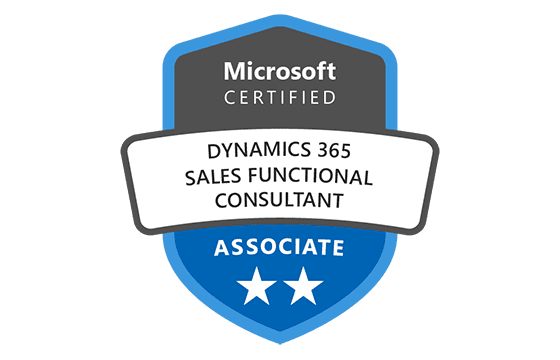


















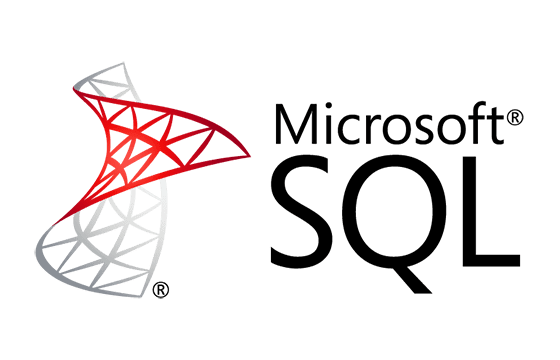




Add Comment